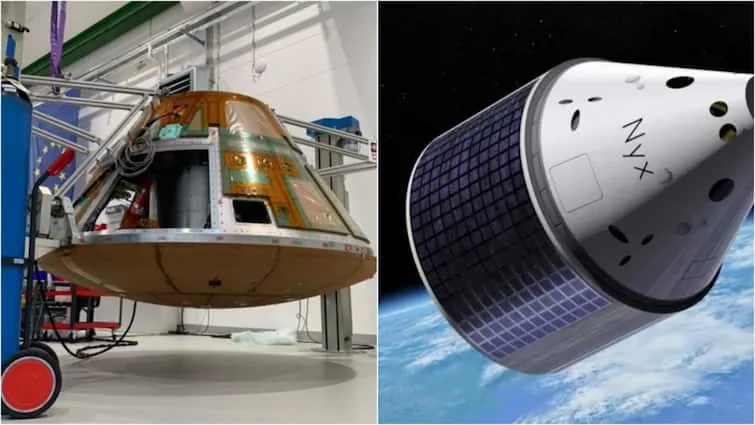
Revolutionizing Material Science: Predicting Electric Responses with Unmatched Precision
2025-06-10
Author: Daniel
A Breakthrough in Material Simulations
Researchers at Harvard's John A. Paulson School of Engineering have unveiled a groundbreaking machine learning framework that predicts the electric responses of materials with quantum-level precision. This innovative technology can simulate interactions at the scale of a million atoms, a stark contrast to traditional quantum methods limited to just a few hundred.
Implications for Future Technologies
This leap forward could significantly impact advanced material design and energy technologies, paving the way for highly accurate simulations of various materials under different external conditions.
Behind the Innovation
The research, published in Nature Communications, was spearheaded by Stefano Falletta, a former postdoc under Boris Kozinsky, a prominent figure in materials science and mechanical engineering at Harvard. For decades, density functional theory has been the go-to approach for atomic simulations, delivering high accuracy but struggling with larger systems due to its heavy computational demands.
Machine Learning Meets Quantum Mechanics
While recent advances in machine learning have started to address the challenge of studying quantum behaviors in larger materials, accurately modeling responses to external stimuli remained elusive. Many existing machine learning techniques often fail to consider essential physical principles, leading to unreliable predictions.
Introducing Allegro-pol: The Next Generation Framework
To combat these flaws, the team developed Allegro-pol, a unified machine learning approach that integrates various quantum behaviors, such as energy and polarization, into one comprehensive potential energy function. By leveraging density functional theory as a training base, this model factors in external influences while adhering to the laws of physics.
Unlocking New Possibilities
Building on the earlier Allegro network, which focused on real-time molecular dynamics, Allegro-pol also explores the effects of external perturbations like electric fields. This capability is crucial for identifying new ferroelectric and dielectric materials that could revolutionize applications like non-volatile memory and energy storage.
A New Frontier in Computational Materials Discovery
"Traditional quantum mechanical methods can handle only a few hundred atoms, but with these machine learning advancements, we can simulate hundreds of thousands or even a million atoms," remarked Falletta. The team validated their approach by simulating the infrared and electrical characteristics of silicon dioxide, as well as investigating temperature-dependent ferroelectric switching in barium titanate.
Exciting Future Ahead
Now at Radical AI, Falletta believes that the foundational models like Allegro-pol could catalyze unprecedented advances in machine learning-driven materials science. "The field is evolving with improved theories, robust machine learning models, superior infrastructure, faster GPUs, and innovative generative models—all aligning for a thrilling future in computational materials discovery," he expressed.




 Brasil (PT)
Brasil (PT)
 Canada (EN)
Canada (EN)
 Chile (ES)
Chile (ES)
 Česko (CS)
Česko (CS)
 대한민국 (KO)
대한민국 (KO)
 España (ES)
España (ES)
 France (FR)
France (FR)
 Hong Kong (EN)
Hong Kong (EN)
 Italia (IT)
Italia (IT)
 日本 (JA)
日本 (JA)
 Magyarország (HU)
Magyarország (HU)
 Norge (NO)
Norge (NO)
 Polska (PL)
Polska (PL)
 Schweiz (DE)
Schweiz (DE)
 Singapore (EN)
Singapore (EN)
 Sverige (SV)
Sverige (SV)
 Suomi (FI)
Suomi (FI)
 Türkiye (TR)
Türkiye (TR)
 الإمارات العربية المتحدة (AR)
الإمارات العربية المتحدة (AR)